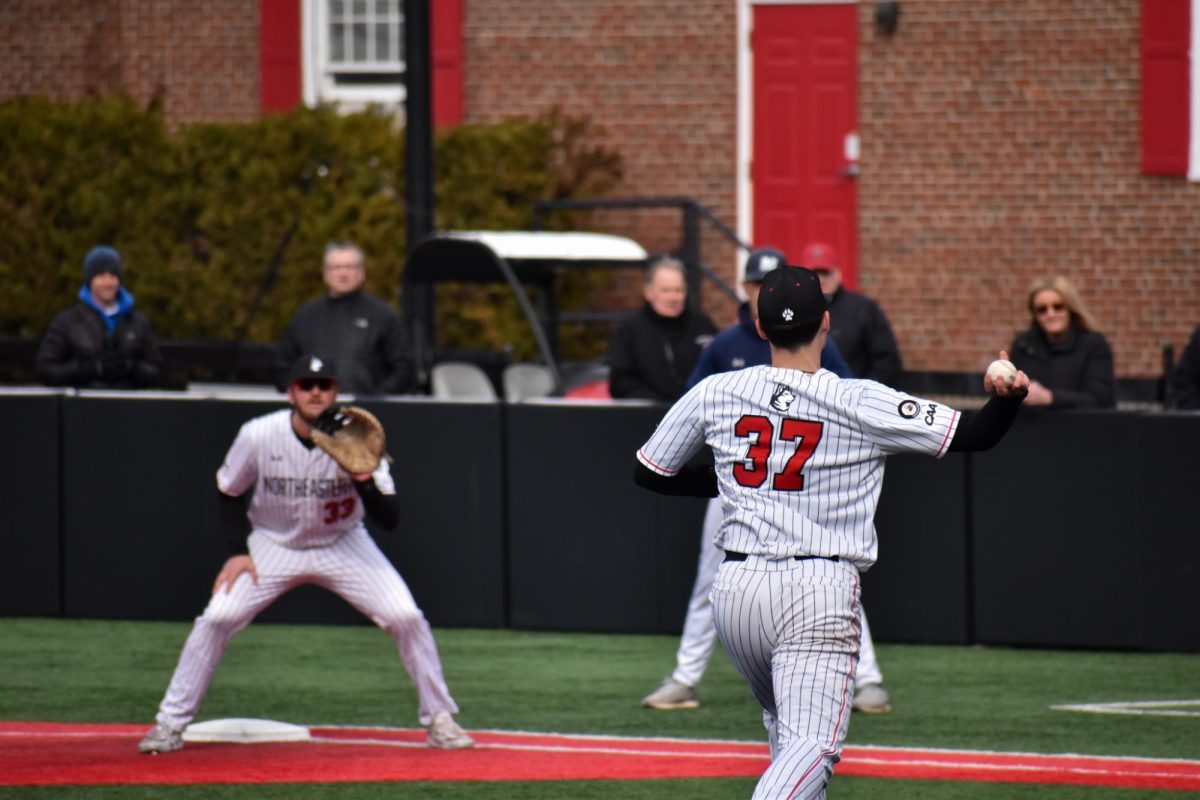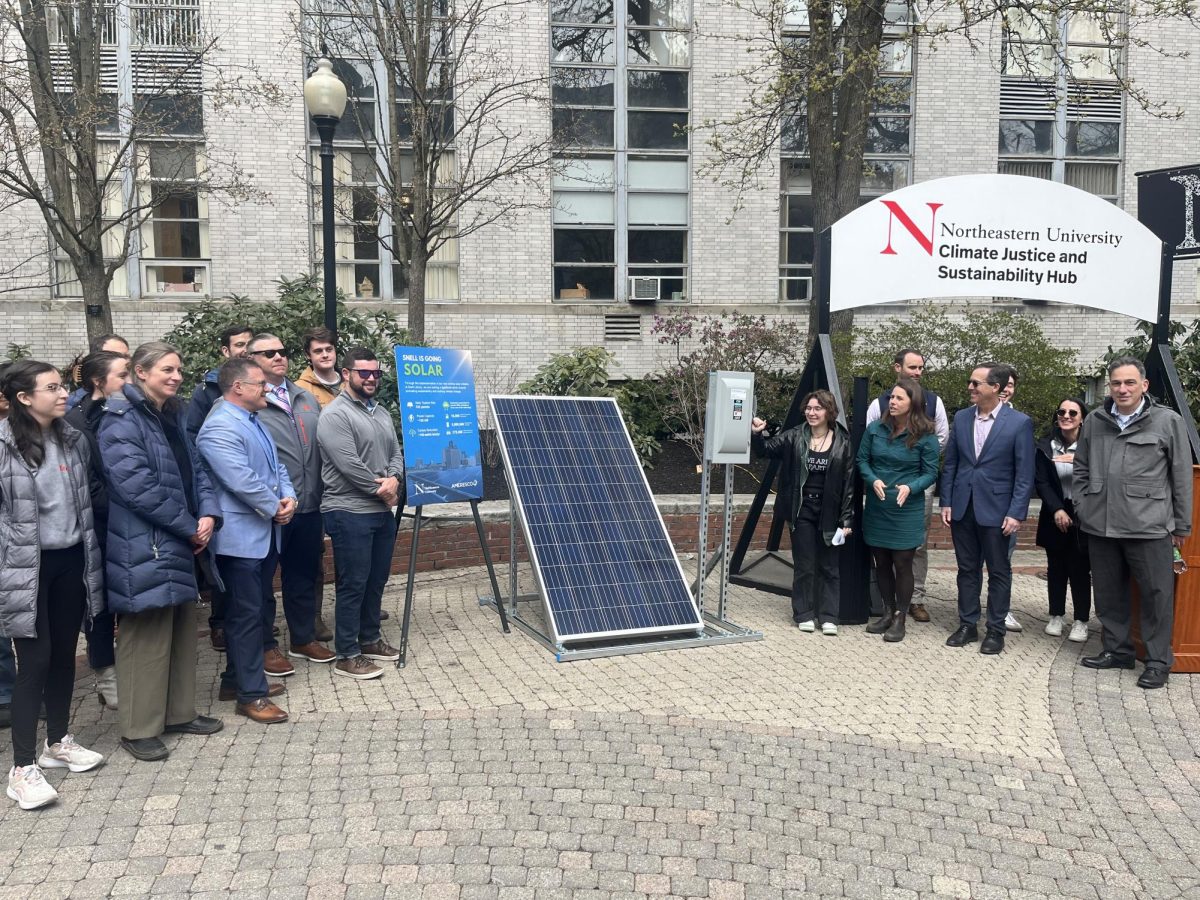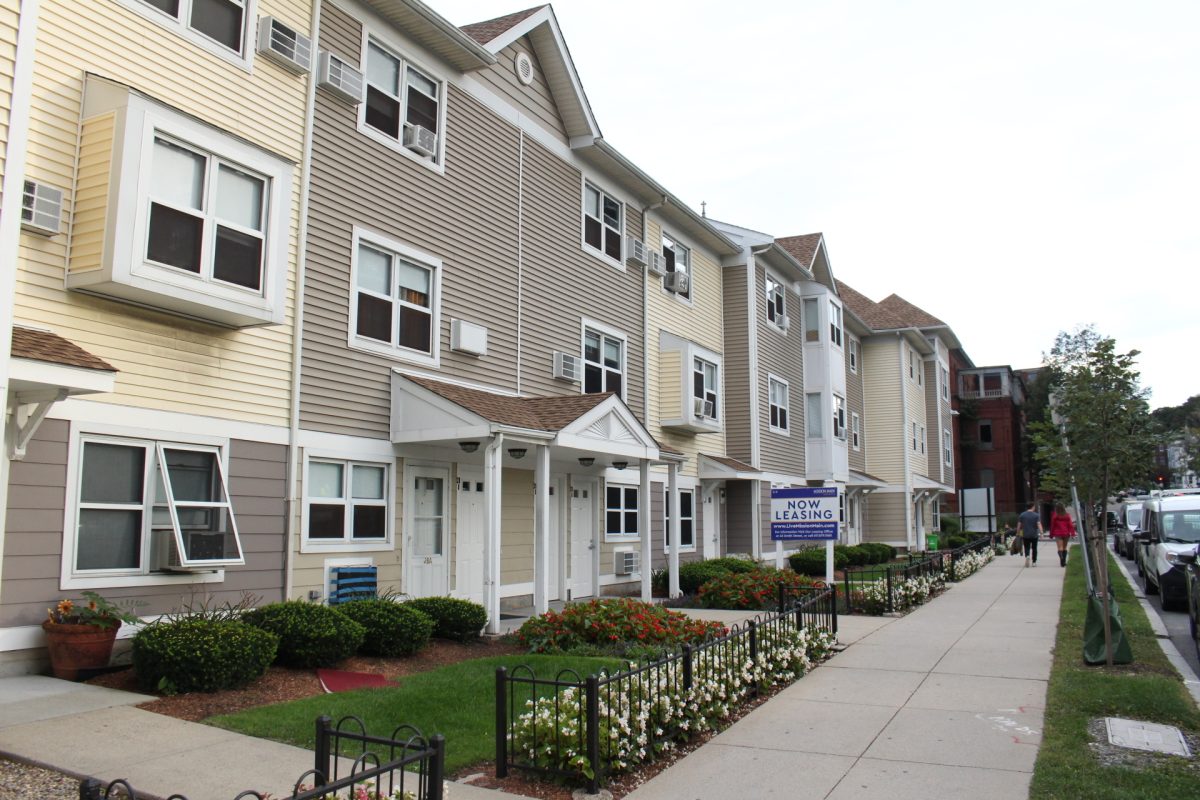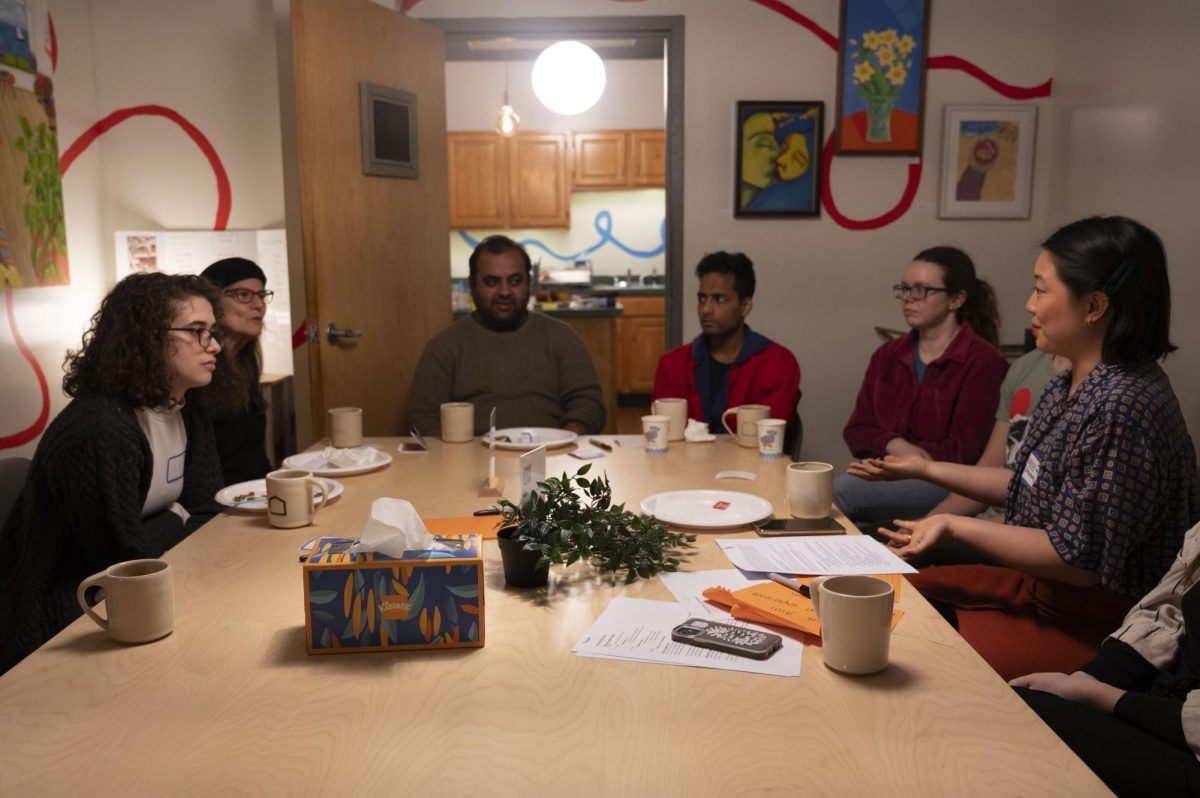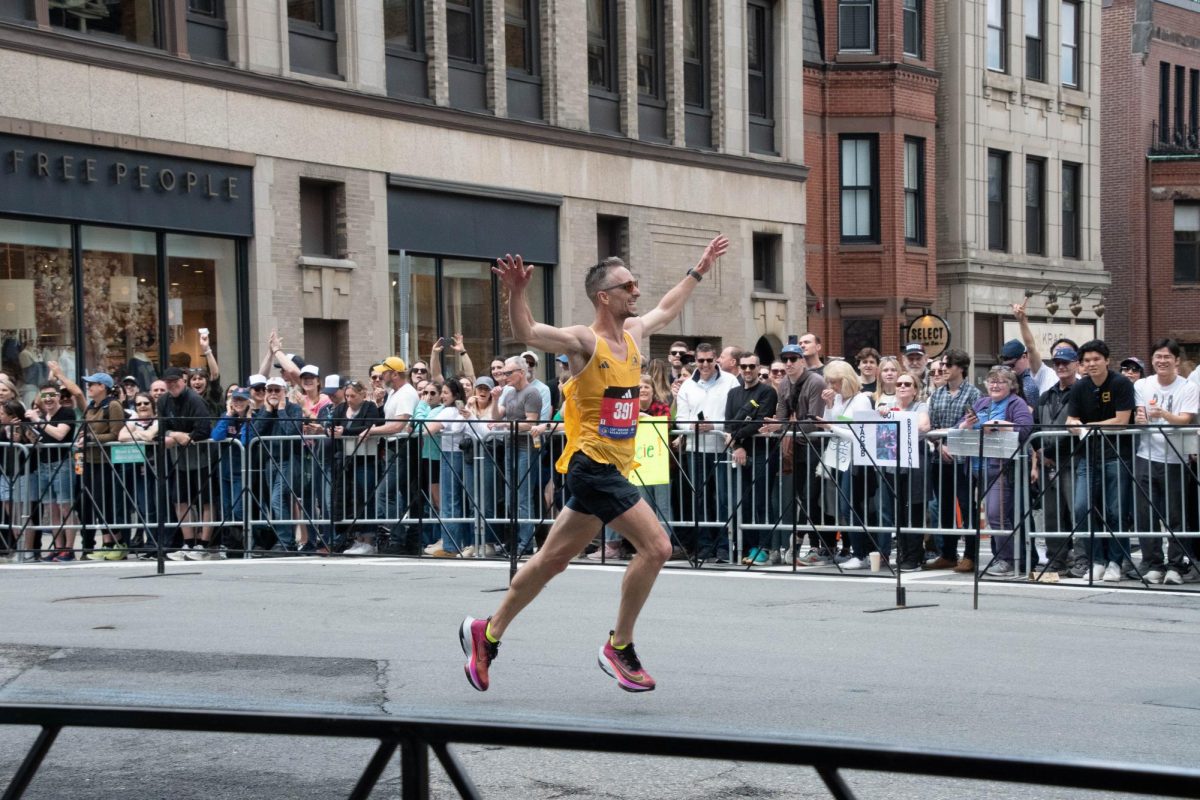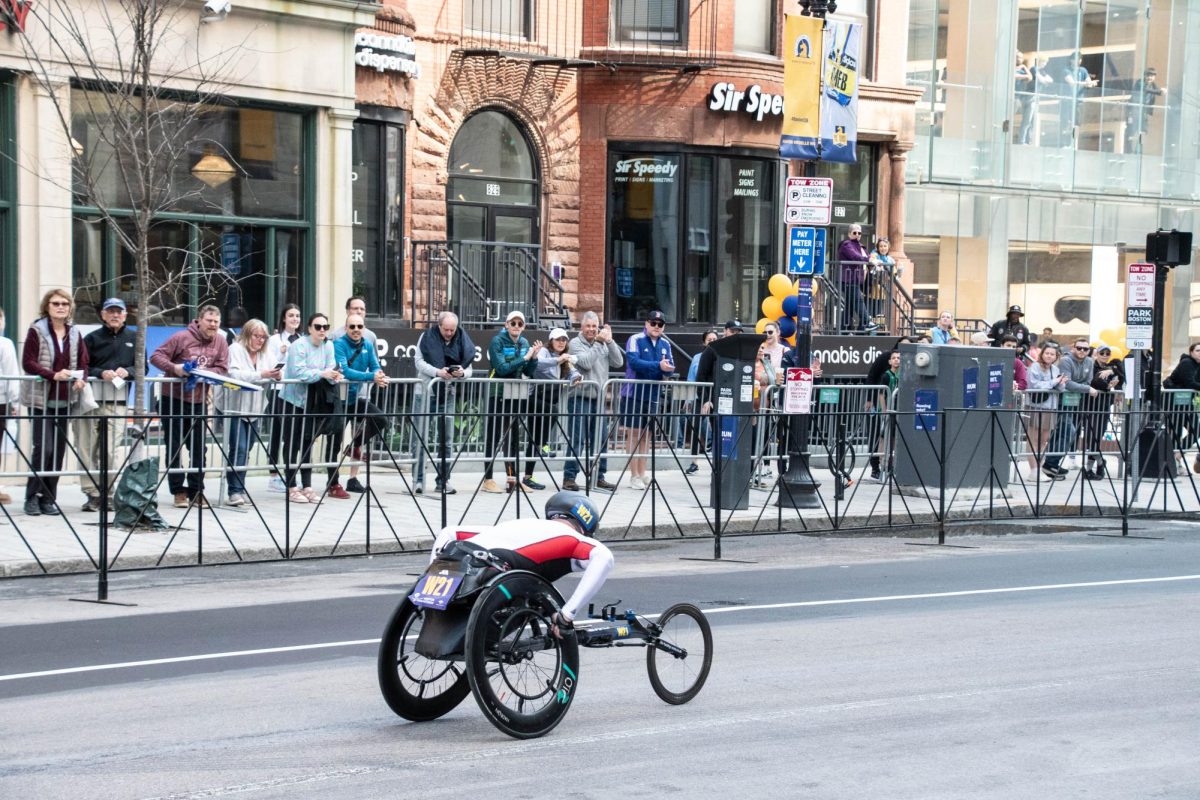By Claudia Geib
The scene looks like something out of a 1960s peace march. Hundreds of people, many of them young students, swarm the street carrying homemade cardboard signs and chanting out slogans. Peace signs flash from the crowd. Police officers stand on watch, alert for the kind of trouble they have witnessed in recent weeks. This sight, however, is not from a civil rights demonstration or an anti-Vietnam war protest from days past – it describes the scene of downtown Boston near Dewey Square during protests and other cities around the world with Occupy movements alike.
Some have drawn comparisons between the flavor of the rallies of the 1960s and ’70s and today’s Occupy Wall Street protests, including Oklahoma Senator Josh Brecheen.
“By 1970, around the time of the trial of Charles Manson, the [counterculture] movement was seen for what it was – ultimately destructive,” he wrote in a column that appeared in the Durant Daily Democrat earlier this week. “Its popularity soon faded yet the philosophy left its mark and impacts our society even today. We see this philosophy in another form with the Occupy Wall Street movement.”
Today, inspired by the sliding economy, protesters have taken to the streets to protest a different injustice: Corruption and corporate interference in the United States government. The movement’s slogan, “We Are the 99%,” refers to the disparity between the wealthiest one percent of the population and the rest of society, a disparity which protesters believe the government has done more to maintain than rectify.
“Young adults are at the stage of being ‘betwixt and between’ kids and adults. Especially in college, they are at a time in life to be critical and ask a lot of questions, and to question society,” said Jeffrey Juris, an anthropology professor and an expert in social movements, new media and youth culture. “They’re passionate and idealistic because they haven’t been corrupted and tarnished by experience. That’s why they get involved with many social movements.”
In many ways, “Occupying” is a revolutionary new kind of social movement, yet its makeup and supporters in cities nationwide have caused many to compare it to the social movements of the 1960s and ’70s. One of the most prominent similarity between these movements lies in demographics, in that they are both driven by America’s youth.
“Both [protests] are very much youth-driven,” Alan Schroeder, a journalism professor, said. “But both have attracted wider audiences, from young people to older workers. Everyone has a direct personal stake in this movement.”
The first American protests against Vietnam were organized by students at schools like Berkeley and Yale; volunteers for the 1964 “Freedom Summer” movement to register African-Americans to vote were recruited primarily from college campuses. Similarly, while Occupy Wall Street was first suggested by the magazine Adbusters, it has been propagated primarily by young users of social media like Facebook and Twitter.
On Oct. 5, Professor Hector R. Cordero-Guzman of the Baruch College School of Public Affairs performed a study of 1,619 visitors to www.occupywallstreet.org. He found that 64.2 percent of respondents were less than 34 years of age.
“Being at the rally is a very exciting time,” said David Rothfuss, a freshman biology major and advocate of Occupy Boston. “The whole crowd is incredibly energized and it’s almost impossible not to get wrapped up in it all. You can feel the crowd is frustrated and angry, but at the same time you can tell that everyone knows this is a peaceful movement.”
Despite its core support of young participants, like the anti-Vietnam protests, Occupy’s demographics have quickly widened to include people all of all ages. Professor Cordero-Guzman’s study also found that 1/3 of respondents were over 35 years of age, and 1/4 were over 45.
“Like the movements of the 1960s and ’70s, Occupy Wall Street has an emphasis on democracy. They both addressed inequality and poverty,” Juris said. “The Occupy Wall Street protests are demonstrating a grassroots participatory democracy as an alternative to big government, and that comes from a ’60s tradition.”
However, Juris believes that the economic angle of Occupy Wall Street makes this protest much different from the protests in the ’60s and ’70s.
“Student protesters in the ’60s were on the ascendant — the economy was doing very well and students were on the top rung. They had every opportunity open to them,” he said. … “[Occupy Wall Street] is made up of young people who see that the prospects are not there for them. Students are facing a very different future. The economy is doing terrible and there are not as many opportunities open … this generation has been taught that they can do anything, that the world is theirs, but they’re getting to college and finding that’s not quite true.”
The civil rights and feminist movements led to the passage of the 1964 Civil Rights Act and the 1965 Voting Rights Act; the protests against the Vietnam War are largely cited as one of the reasons that the United States left Vietnam. The Occupy movements are still waiting to see legislative consequences to their demonstrations.
“I don’t think I know what the next step will be, but all the social media publicity that it is getting is definitely a step in the right direction,” Rothfuss said. “I would just encourage those involved in the movement to try and spread the message as much as possible, and I hope it continues to grow until the country is forced to pay attention to us.”




